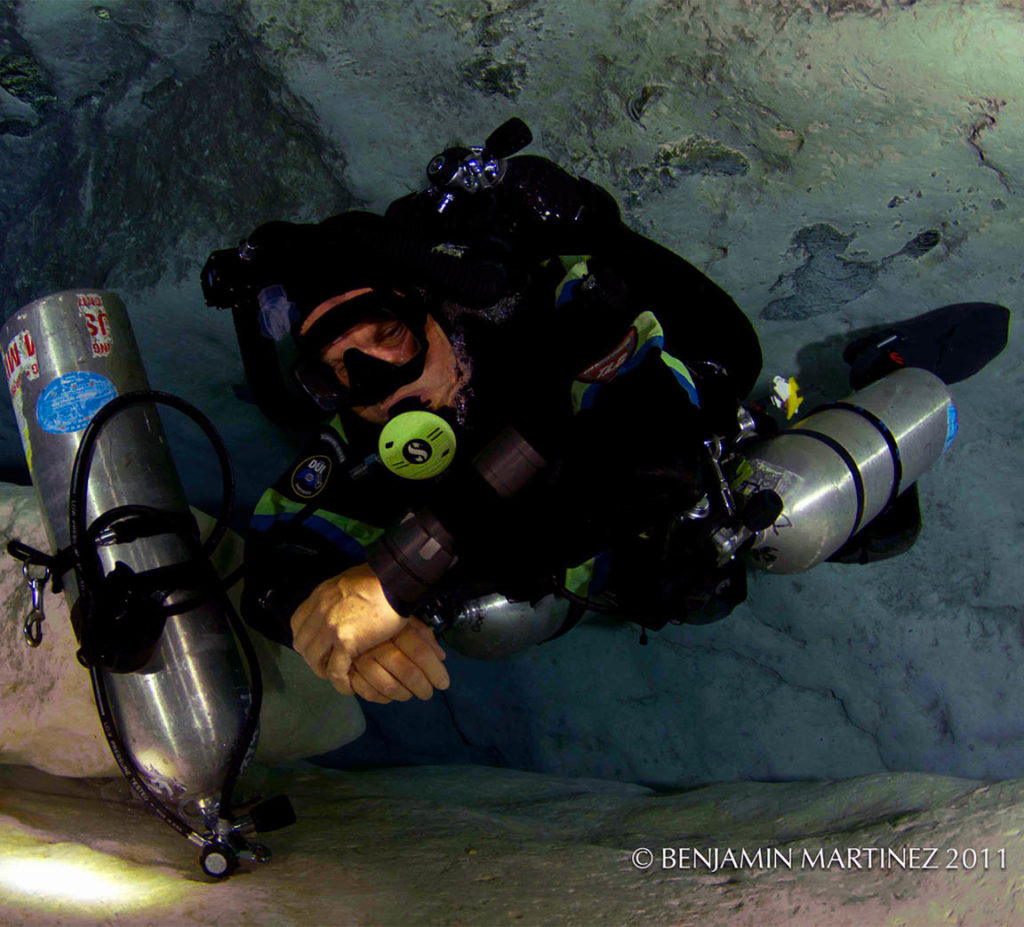Thoughts for today from Steve Lewis.
Some notes on decompression.
The standard and necessary disclaimer is that I am no decompression expert. But I do know this. Staged decompression is not art or craft. It is alchemy. The algorithms divers use to calculate their slow ascent from deep or long dives are based on estimates rather than proven physiology.

Decompression theories are assumptions drawn with a thick pencil: a 6B Faber-Castell shaved to a carpenter’s broad chisel point and pushed down hard on a cold press linen paper; a broad dark line wide enough to cover errors and compensate for assumptions. Those assumptions are hidden like costume jewelry in a Tiffany gift box by guesswork. The cheap surprise is that nobody is sure when the tissues of a diver’s body will let go of the inert gases picked up and pushed into solution during their dive.
Decompression algorithms are a broad dark pretense because in fact we don’t know how the body works. The mathematics is pure, but we abuse that purity by applying it to the complicated vagaries of the human frame.
There are many decompression algorithms, all of them correct and workable within a given parameter; within that broad pencil stroke. There may be hundreds of them, all slightly different but similar in that once one ventures outside that line, outside the carpenter’s stroke and beyond its scope, hiding inside the pretty box, all of them become unworkable and wrong. The alchemist’s trick is feeling confident enough to choose one and trusting it to keep them safe from the bends.
Alchemist or Tarot card reader. One cannot be sure; perhaps a little of each. Hyperbaric science had had little luck modelling physiology with certainty and accuracy. The alchemist’s prediction, the Tarot-card reader’s intuition is the best we can manage. And divers — especially those who venture deeper and longer — must make do with that. The sensible ones understanding that their ascent from the deeps, the snail-pace slow rise through the water column, is a crapshoot. There is a long list of contributory factors that influence margins of safety during that journey back to the surface. The gases breathed, ascent speed, the number of minutes at each stage of the ascent, the body’s temperature being not too hot or cold, all have bearing. It’s said there are more than 30 factors at play, all variable and complex.
Experienced decompression divers know they take on the role of guinea-pigs as they haul themselves back from their dives; especially those who push limits and operate within the thin allowances of exploration. The inexperienced trust the dive computers strapped to their wrists. It is these unfortunate souls who are gobsmacked when things go pear-shaped as they unfortunately do from time to time. These are the ones puzzled that their computer tells them things are fine, but who are clearly bent and candidates for a ride in a recompression chamber. These are the ones who feel the horrid pain of decompression sickness. These are the ones who open the Tiffany box to find a Christmas-cracker plastic bauble inside.In more than 30 years of decompression diving, and several thousand rolls of the dice, fate has been kind.
My closest brush with the bends was managed by some seat-of-the-pants in-water guesswork and oxygen and full-face mask tomfoolery which I would not recommend as a remedy. All said, I have been lucky. But that’s all. And none of that has made me a decompression expert.
Article submitted by Steve Lewis
Steve Lewis is a Author/Writer, cave diver, coach, generalist, VP Marketing for Dive RAID International.
Follow Steve on Facebook




